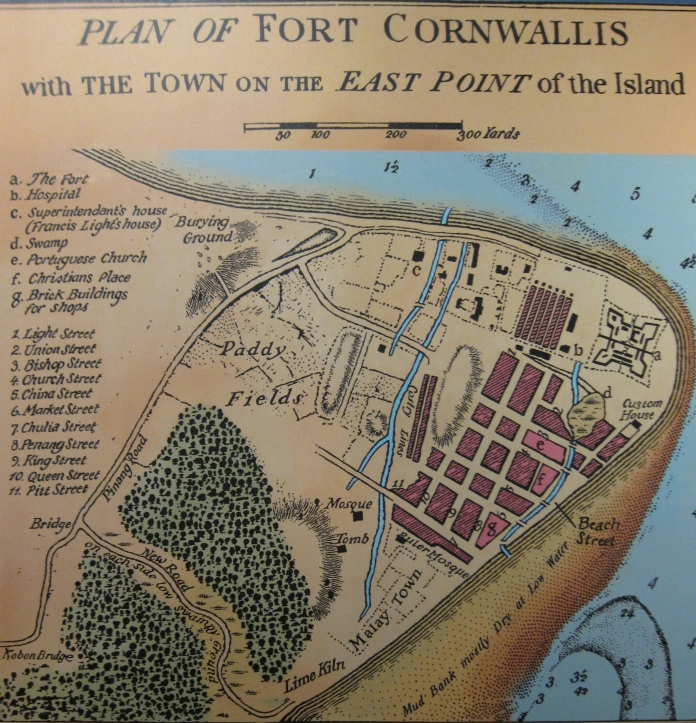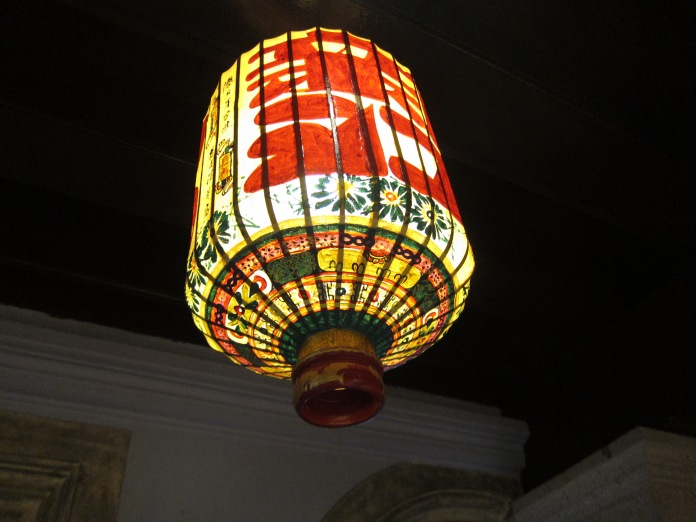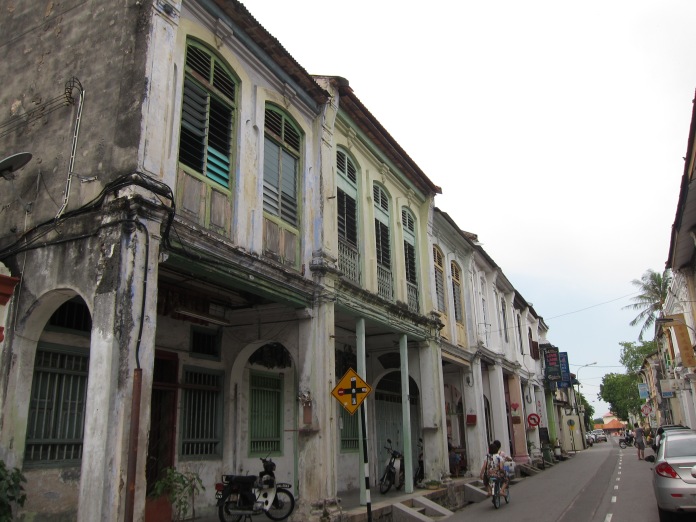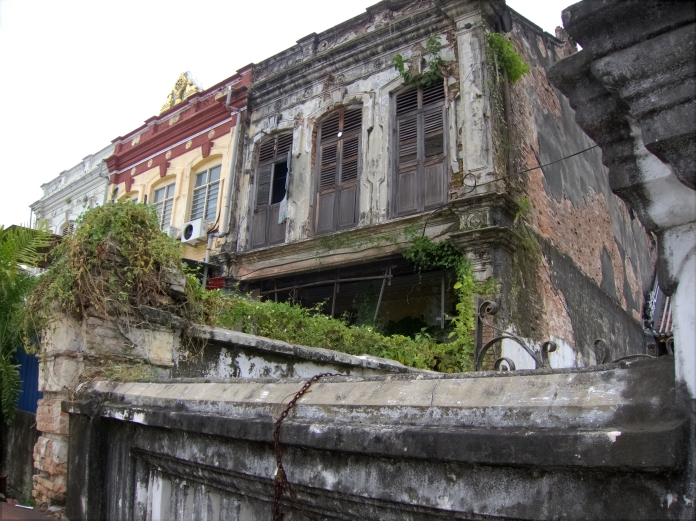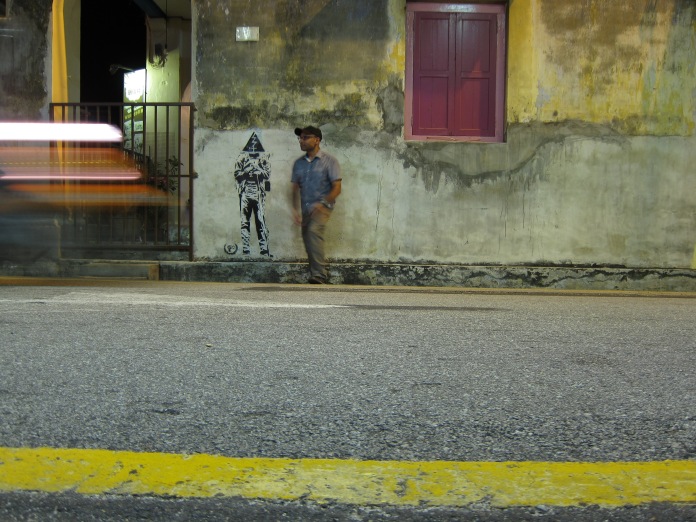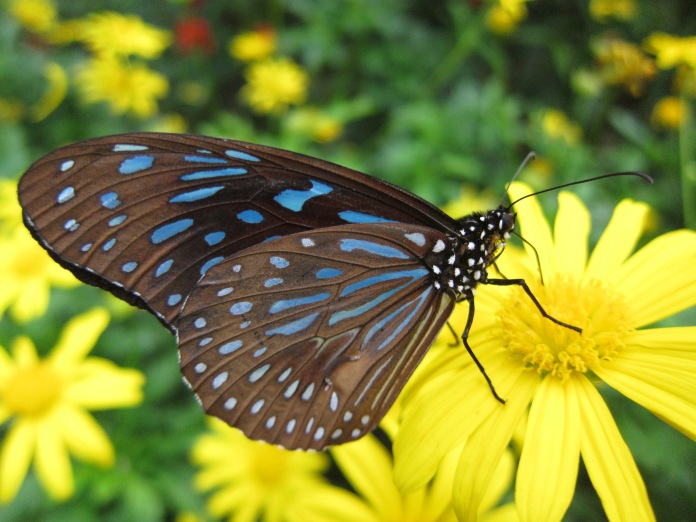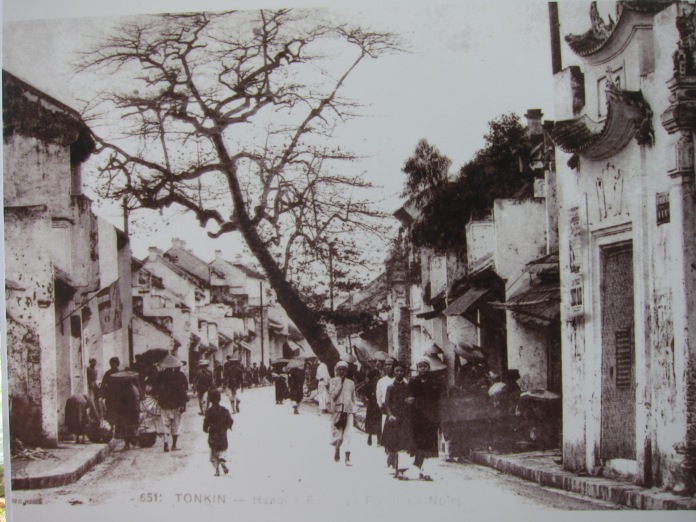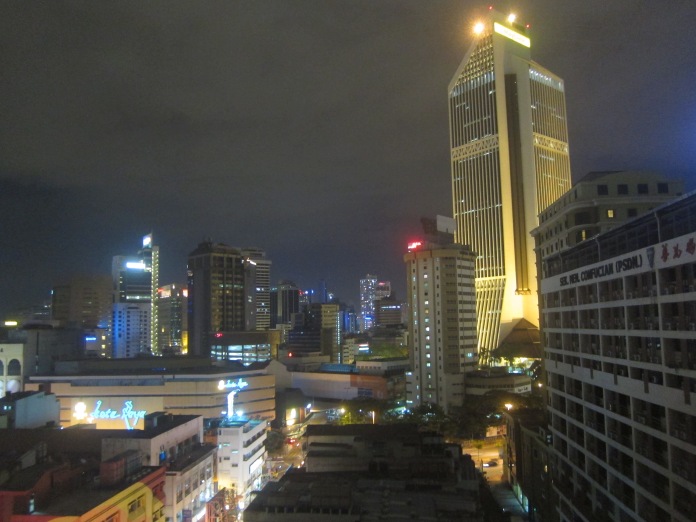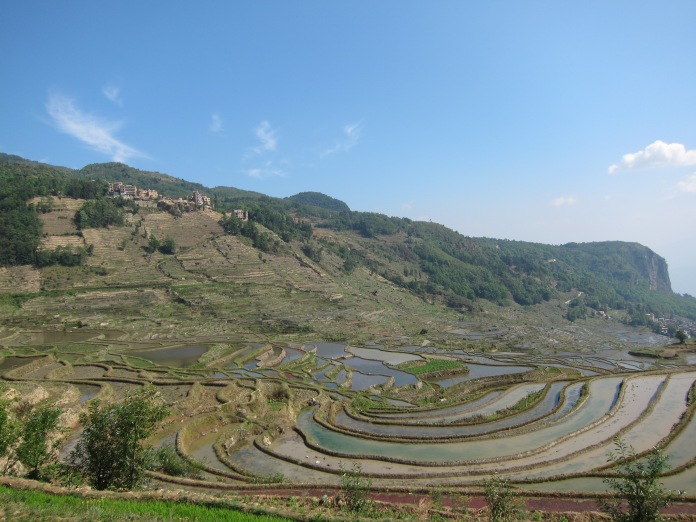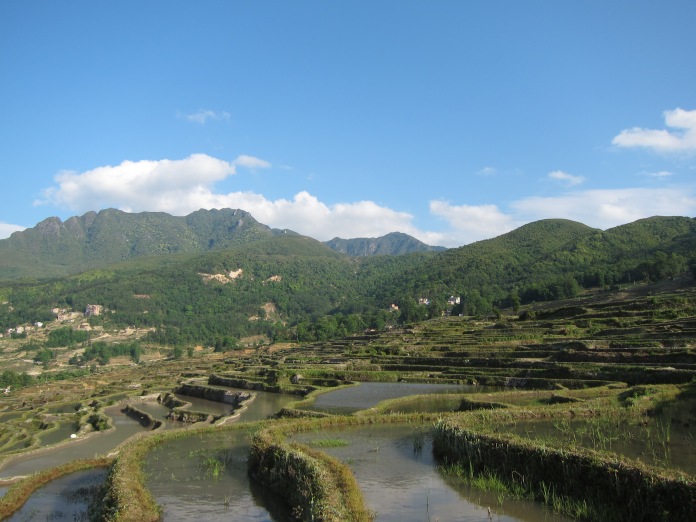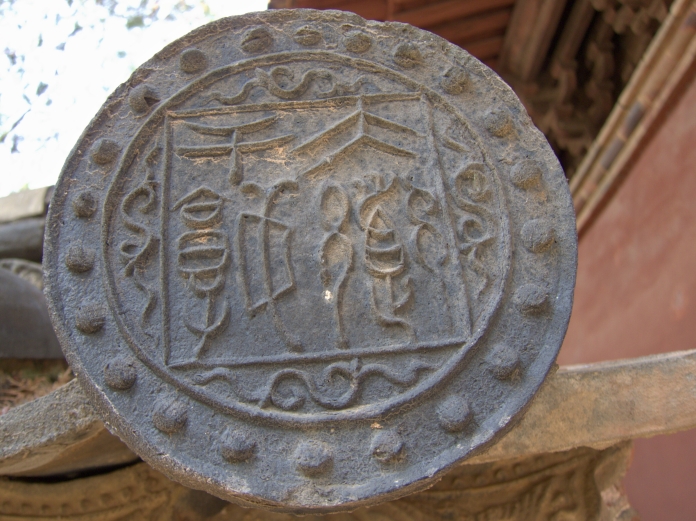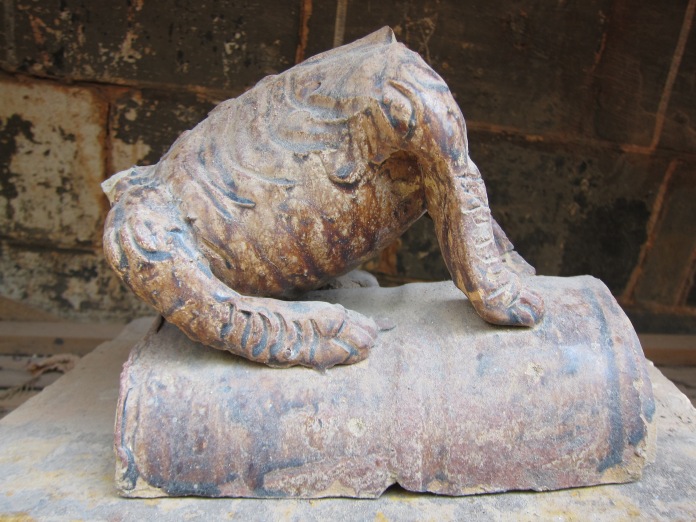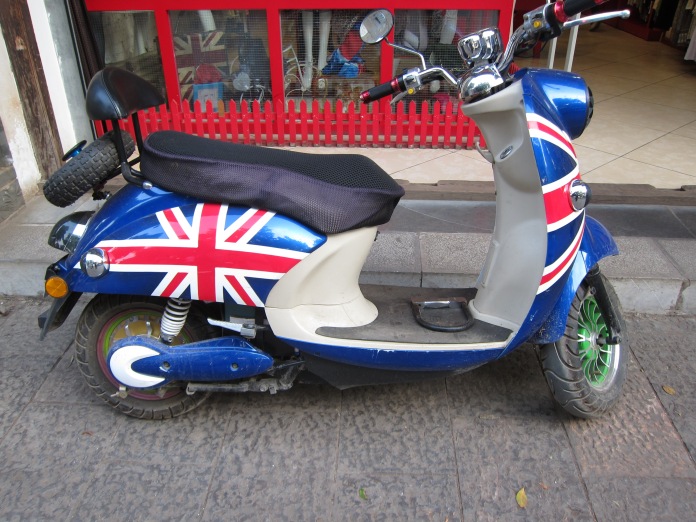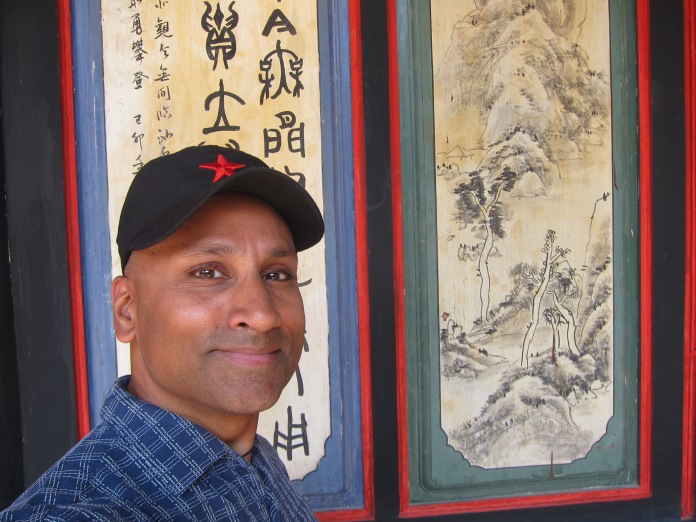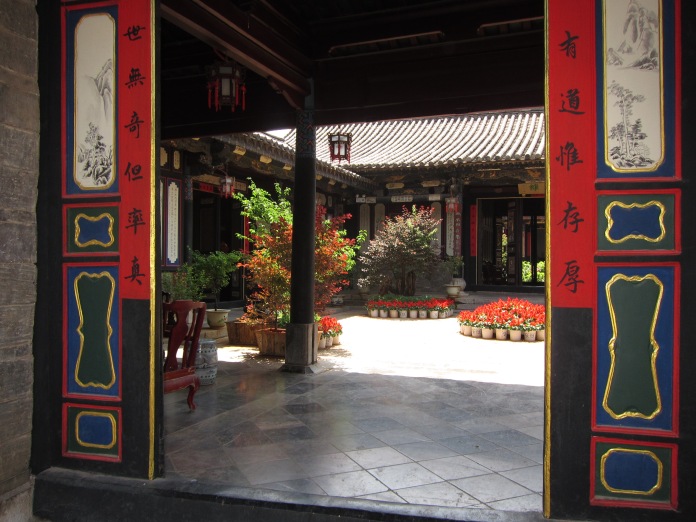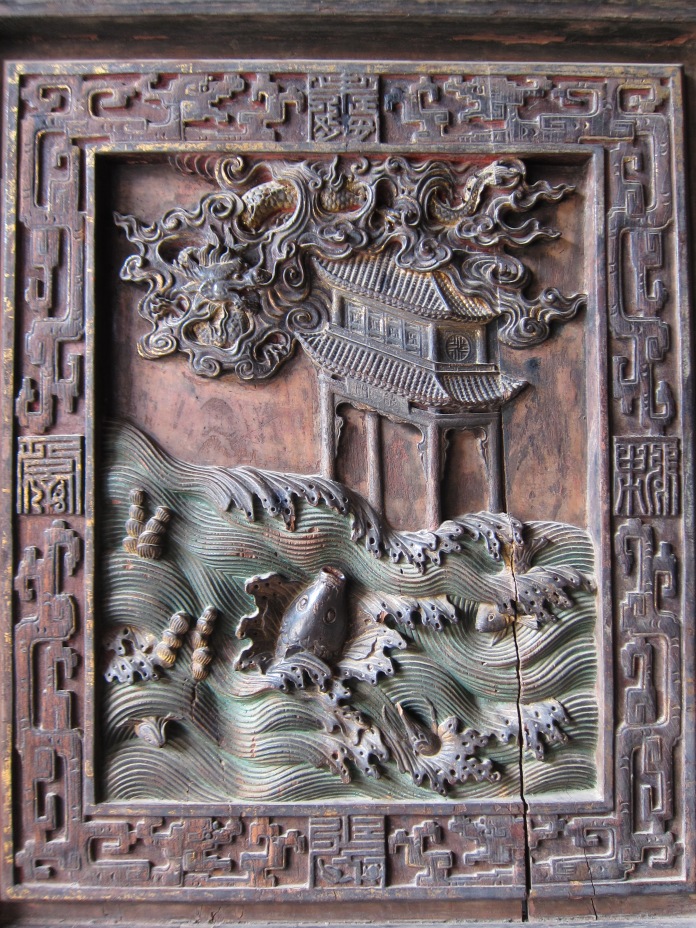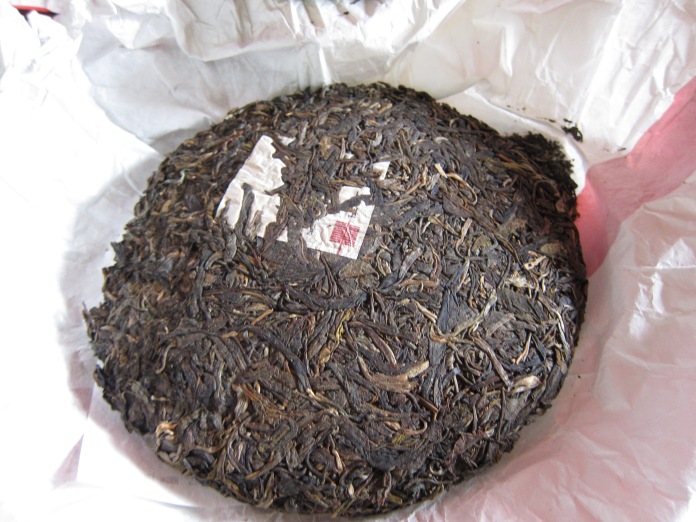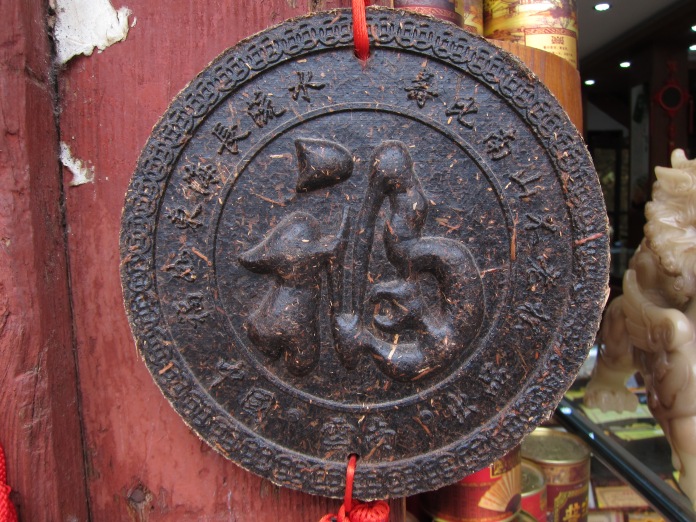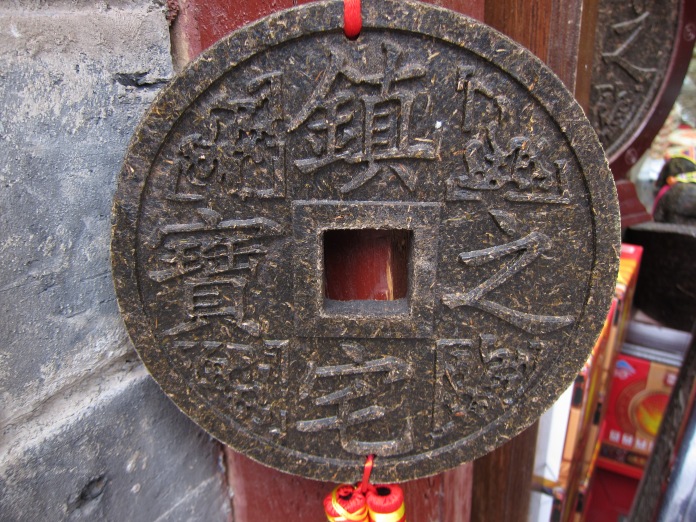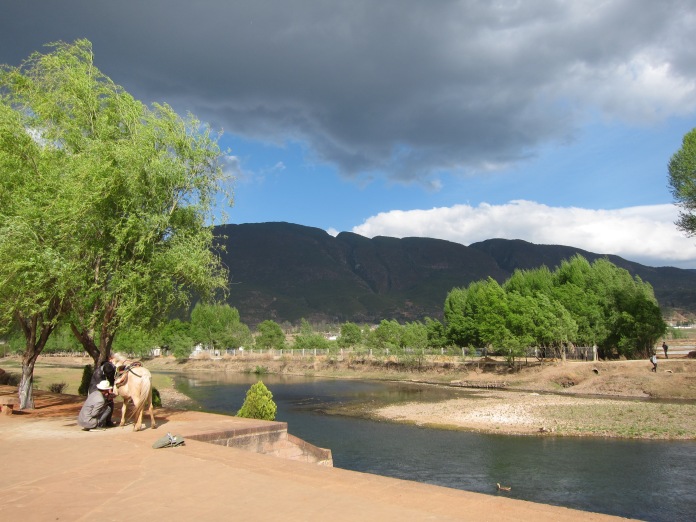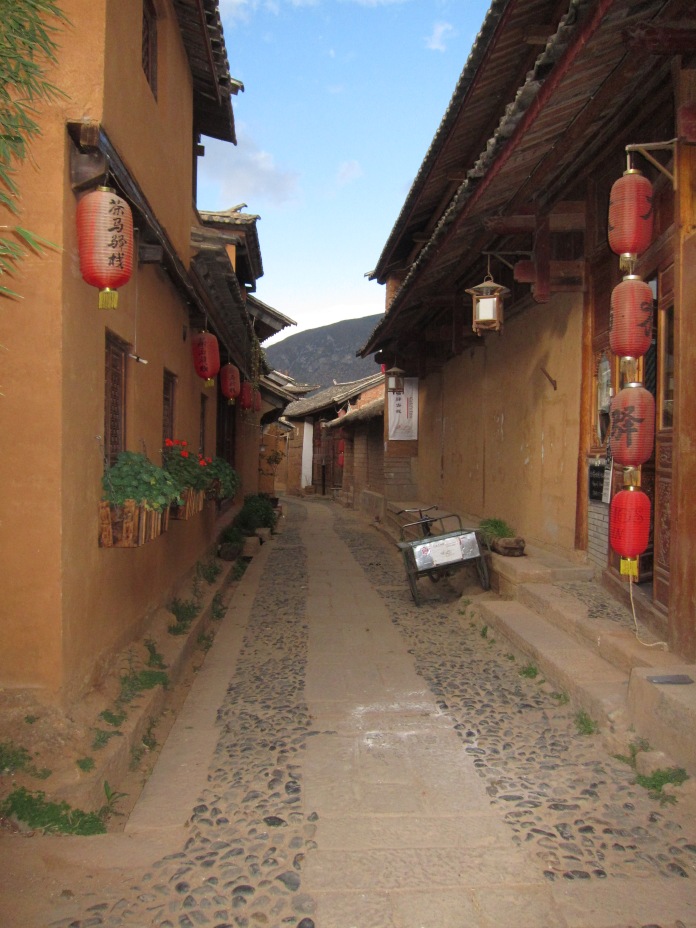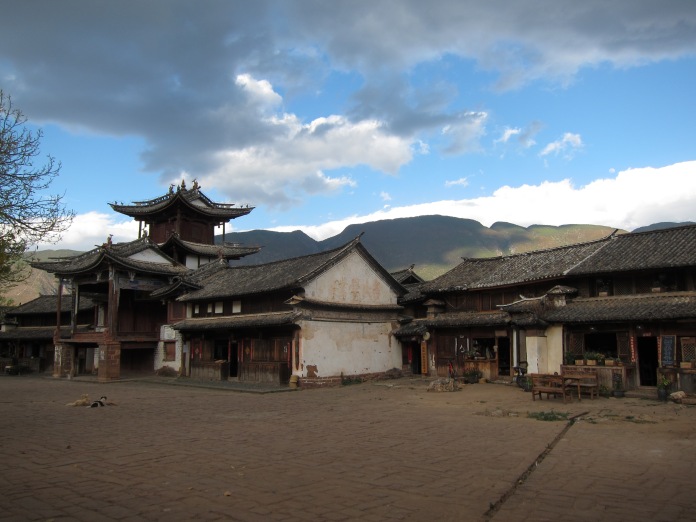
Xishuangbanna, Yunnan.

In a patch of cultivated tea bushes, Xishuangbanna.
From Lijiang I decided to venture to the southern reaches of Yunnan near the Burmese border. I was interested in seeing an area of southern Yunnan called Xishuangbanna, the center of tea production in Yunnan and the origin of the unusual Pu’er tea. Also, according to historians, Xishuangbanna is probably the place where tea was first cultivated thousands of years ago.
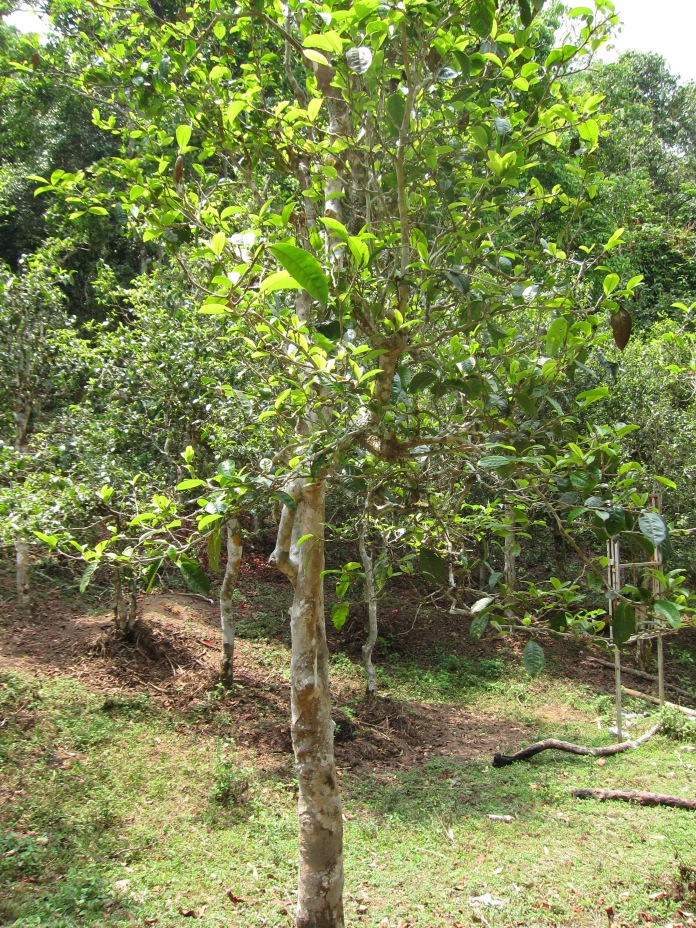
500 year old wild tea tree.
To get to Xishuangbanna, I had to suffer though two miserably long bus rides, broken by an overnight stop in Kunming. About four days ago I finally arrived in Jinghong, the major city in Xishuangbanna.
After a bit of investigation I connected with Sara, owner of the Forest Cafe trekking outfit in Jinghong. I told Sara I had heard about some ancient tea trees in Xishuangbanna and that I wanted to see some of these trees. She arranged a two-day trek in which we walked through some ancient tea forests, stopped at a tea processing plant, and passed through some of the local villages.

A whole forest of ancient tea trees! (Sara, our guide, is in the photo too).

One of the tea pickers let us take her photo.

Usually two leaves and a bud are plucked together.

After they are picked, the tea leaves are left to wither a bit.
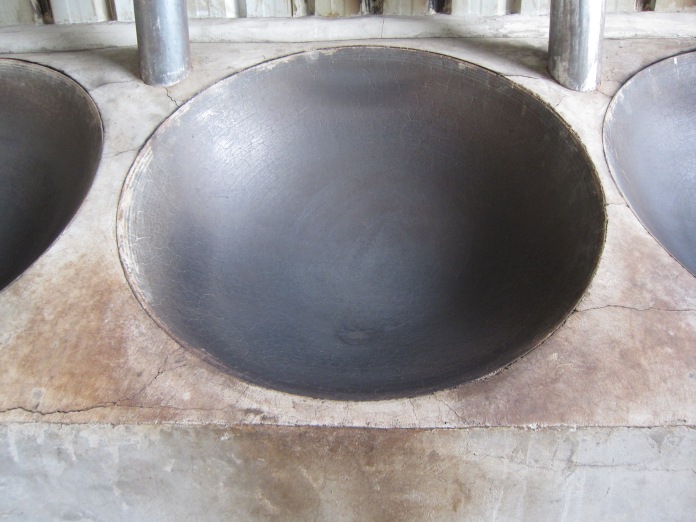
Then they are fried in big woks to stop the oxidation process.

Leaf rolling machines.
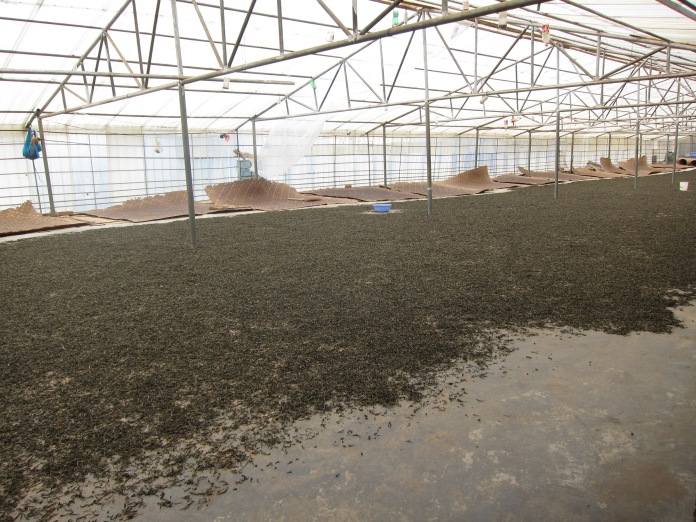
Finally the leaves are dried.
Yesterday we set out in the morning and were joined by a Swedish woman, Lena, who was taking a break from her studies in Kunming. The mountain weather was very pleasant and as we walked along Sara made sure to point out some of the interesting flora and fauna in this area of tremendous biodiversity.

I thought this white thing was a flower, but it wasn’t!

The “white flower” was actually a string of these tiny white insects!

Sara managed to pull down one of these fruits. Tasted a bit like a mango, but very tart. Probably not ripe enough.

Growing orchids on the roof of this village home.
Yunnan also has an amazing amount of cultural diversity and is home to many of China’s ethnic minorities. Xishuangbanna in particular has populations of Dai, Hani (and the subgroup Aini), Lisu, Yao, Jinuo, Bulang, Lahu and Wa, among others. We stayed the night in a Bulang village, in the home of a local family. This morning we resumed our trek through fields and forests, and walked for about five hours prior to returning to Jinghong in the evening.

Village residents.

